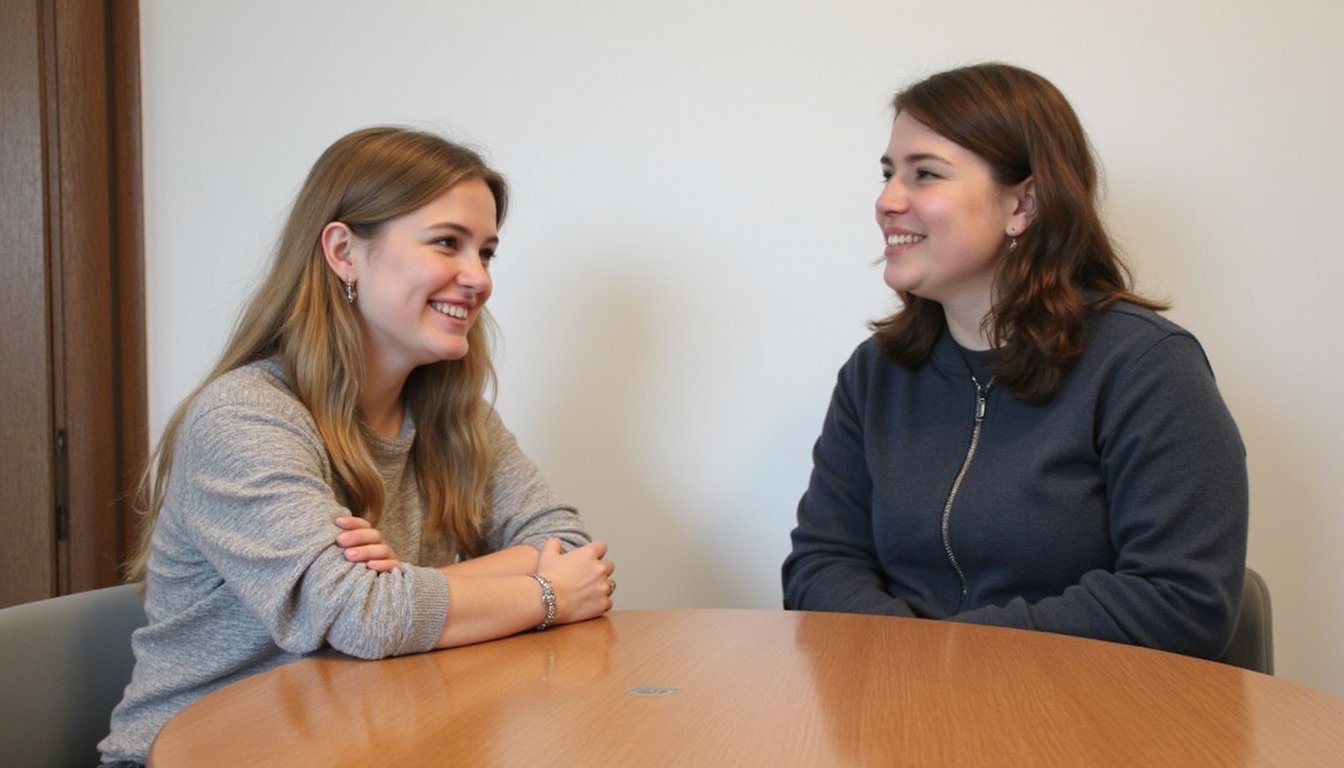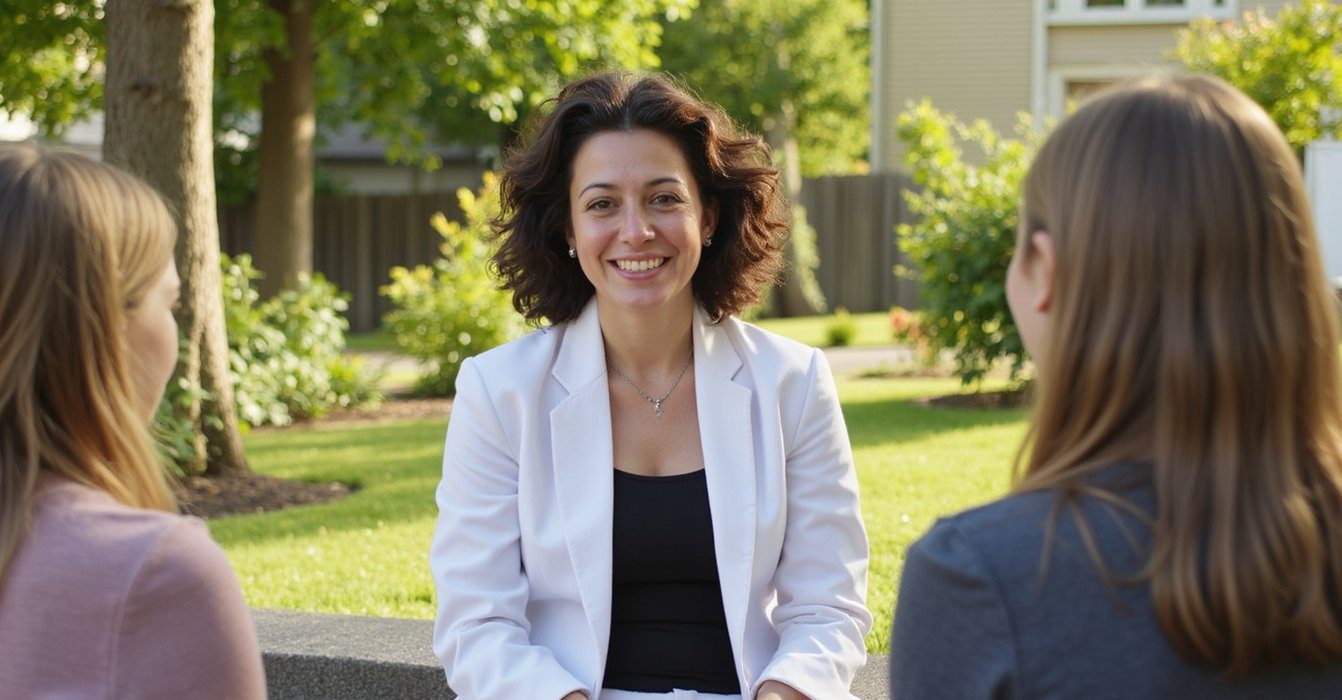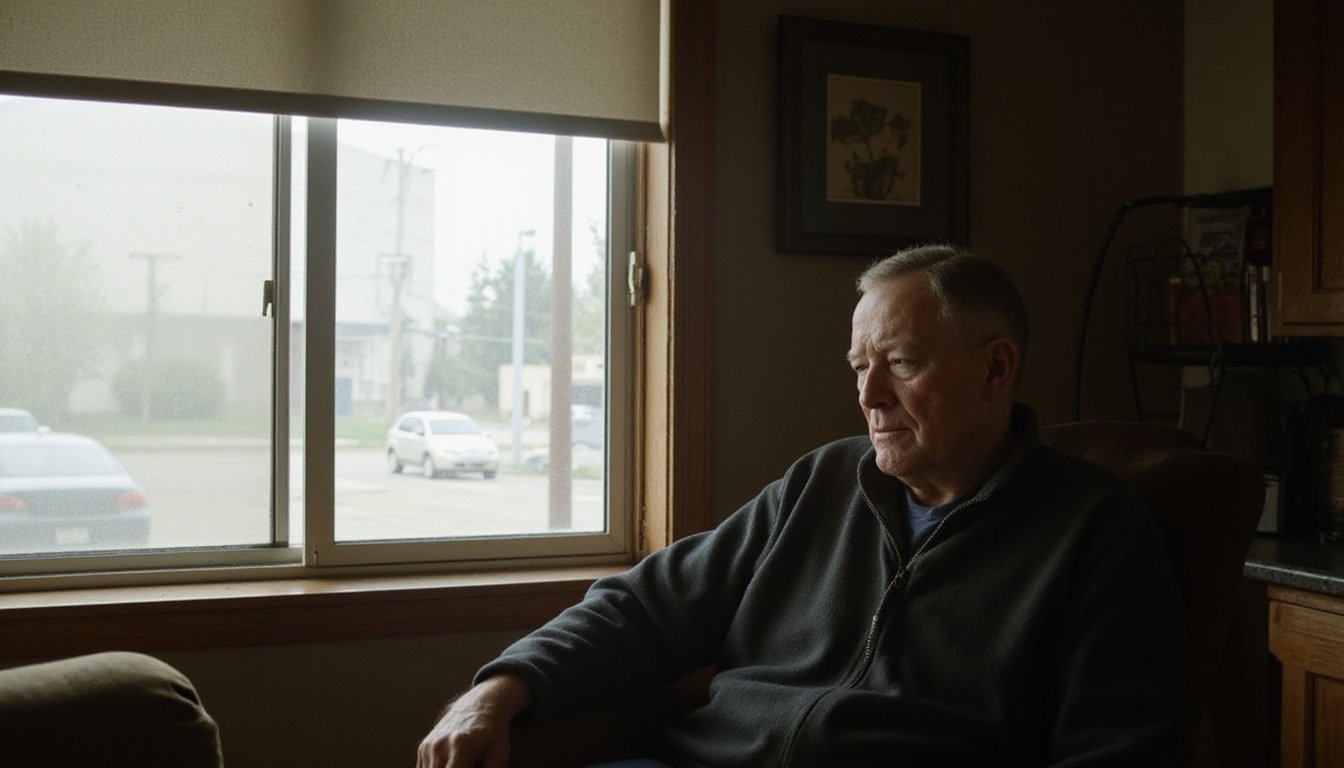The social recovery model empowers your mental health journey through peer-led support and community engagement, reducing psychiatric hospitalizations by 47% compared to traditional approaches. You’ll benefit from shared experiences, structured guidance, and judgment-free environments that foster hope and resilience. This evidence-based framework addresses multiple life domains while promoting self-determination and personal growth. Understanding the model’s all-encompassing elements reveals powerful pathways to lasting transformation and healing.
Understanding the Core Elements of Social Recovery

Five fundamental elements form the foundation of social recovery in mental health: hope and optimism, empowerment and self-determination, holistic integration, resilience building, and the biopsychosocial approach.
Hope cultivation creates positive expectations and motivation for recovery, while empowerment strategies promote personal control over treatment decisions. The shift toward patient-directed care has made active participation essential for achieving meaningful progress. Traditional treatment focuses heavily on medications, but the recovery model emphasizes personal empowerment alongside medical interventions. Multiple pathways exist in recovery, as individualized approaches are crucial for successful healing.
The model emphasizes holistic integration by addressing multiple life domains simultaneously – from housing and employment to social connections and wellness.
Resilience building focuses on developing adaptive coping mechanisms and viewing recovery as a journey of personal growth rather than just symptom management.
The biopsychosocial framework ties these elements together by considering biological factors, psychological experiences, and social contexts in developing individualized recovery plans.
These interconnected components create a thorough approach that supports sustainable mental health improvement through structured tools and community engagement.
Building Community Support Networks
When you connect with peers who share similar mental health experiences, you build resilience through mutual understanding and validation of your recovery journey.
Safe, judgment-free environments within community support networks allow you to process emotions and develop coping strategies alongside others who genuinely comprehend your challenges. Consistent emotional comfort helps shield you against daily stressors and setbacks.
Your engagement with others who’ve navigated similar paths creates a foundation of shared experiences that strengthens your recovery toolkit while fostering meaningful relationships built on authentic empathy. The opportunity to participate in formal support groups provides structured guidance from trained professionals who can help direct your healing process.
Peer Connection Builds Resilience
Strong peer connections serve as a cornerstone of mental health resilience, particularly through structured support networks and mentoring programs. You’ll find that near-peer mentorship benefits extend beyond immediate stress reduction, with participants showing improved scores on standardized resilience scales like CD-RISC.
Structured resilience training through peer support creates lasting positive outcomes for both mentors and mentees. Studies demonstrate that longitudinal data analysis shows decreased levels of depression and stress among program participants. Health care professionals who engage in peer support report significant reductions in emotional exhaustion and burnout symptoms. Creating a safe environment allows participants to openly discuss their struggles without fear of judgment.
When you engage in peer support groups, you’re tapping into the power of shared experiences. These connections help reduce isolation while providing practical coping strategies and real-world solutions.
Research shows that regular participation in peer-led sessions strengthens your support systems and improves mental health outcomes. Through active listening and empathy development, you’ll build stronger social bonds that mediate stress and enhance your overall psychological well-being.
Safe Spaces Foster Growth
Creating safe spaces within community support networks proves essential for sustainable mental health recovery. When you’re surrounded by supportive environments that prioritize emotional safety, you’ll find more opportunities to explore healing without judgment.
These nurturing atmospheres allow for authentic self-expression and vulnerability critical components of the recovery process. Through intentional community engagement, you’ll discover that safe spaces facilitate empathetic connections with others who understand your journey. Building these connections is vital since social isolation affects 40% of individuals struggling with mental health conditions. A holistic treatment approach combining personal touch and direction helps ensure the most effective path to wellness.
These environments foster growth by providing structured support while respecting individual boundaries and needs. Research shows that recovery foundations built on psychological safety lead to better outcomes, as you’re able to practice new coping skills and build confidence in a protected setting.
The combination of professional guidance and peer support within these spaces creates ideal conditions for lasting transformation.
Shared Experiences Create Understanding
Through shared experiences in community support networks, individuals develop deeper understanding and validation of their mental health journeys. When you participate in narrative sharing with peers who’ve faced similar challenges, you’ll find your experiences normalized and your emotions validated. The recovery tradition emphasizes reclaiming personal control while engaging socially with others.
These connections foster trust and empathy while reducing feelings of isolation. Structured peer support groups provide opportunities for emotional validation through trained facilitators and collective problem-solving. Learning new skills through these social connections enhances personal growth and recovery.
You’ll benefit from hearing others’ coping strategies and recovery stories, while contributing your own insights to the group’s shared knowledge. Online platforms have expanded these connections beyond geographical boundaries, allowing you to access support through virtual communities, chat services, and forums.
This digital accessibility guarantees you can find understanding and validation whenever needed, strengthening your recovery journey through collective wisdom.
The Power of Peer-Led Support Systems
When you connect with peers who’ve walked similar paths, you’ll find their shared stories can spark hope and validate your experiences in ways traditional therapy alone cannot. This transformative relationship restores fundamental human rights for individuals recovering from serious mental illness. Research has shown that peer-led programs can be effectively implemented across schools worldwide to provide mental health support.
Your recovery journey becomes more meaningful through the authentic understanding that comes from others with lived experience, as evidenced by research showing modest but significant improvements in hope and self-advocacy among peer support participants. Research demonstrates that peer support services yield small positive effects on personal recovery outcomes and reduced anxiety symptoms.
You’ll discover that engaging with a supportive community of peers can strengthen your progress, particularly in areas of emotional wellness and social connection, while providing practical strategies for maneuvering daily challenges.
Shared Stories Build Hope
Sharing personal recovery narratives in peer support systems has emerged as a powerful catalyst for mental health improvement, despite showing mixed clinical outcomes.
Research shows that narrative therapy through peer experiences can foster hope cultivation, with studies demonstrating a modest but positive effect (SMD=0.12) on hope-building outcomes.
You’ll find that shared stories create a unique dynamic where peers often trust experiential advice over professional guidance. Studies show that school-based programs can reach more students effectively since schools are crucial settings for addressing mental health needs.
While the clinical impact varies, psychiatric symptom reduction improves by 47% through peer support interventions.
However, it’s essential to recognize that benefits aren’t universal studies show no significant effects on depression, suicidal ideation, or quality of life.
Digital platforms are expanding access to these narrative exchanges, though more research is needed to confirm their long-term effectiveness in sustaining hope and recovery outcomes.
Healing Through Lived Experience
Lived experience forms the cornerstone of effective peer-led support systems, demonstrating measurable benefits for both leaders and recipients. When you engage with peers who’ve navigated similar challenges, you’ll find modest but meaningful improvements in hope and self-advocacy.
Research shows that peer leaders often experience enhanced self-esteem and reduced social stress through sharing their lived experiences.
Digital platforms have expanded access to emotional healing through peer support, particularly benefiting isolated or stigmatized communities. You’ll find that successful programs emphasize person-centered approaches and cultural sensitivity, though outcomes vary across different populations.
While the evidence shows promising results for self-management and recovery journeys, it’s crucial to recognize that benefits are more consistently documented for peer leaders than recipients, highlighting the need for targeted implementation strategies.
Community Strengthens Recovery Progress
Although peer-led support systems demonstrate mixed clinical outcomes, they’ve emerged as a transformative force in mental health recovery through their community-strengthening effects. Research shows that while you might not see significant improvements in loneliness or self-esteem, you’ll benefit from a 47% reduction in psychiatric hospitalizations compared to traditional approaches.
| Aspect | Digital Impact | Community Engagement |
|---|---|---|
| Access | Remote support available | Reduced isolation |
| Delivery | Online networks | Structured programs |
| Outcomes | Preliminary effectiveness | Enhanced social connection |
Your participation in peer-led support groups fosters community engagement through shared experiences and mutual understanding. While traditional clinical metrics may show varied results, the social recovery model emphasizes the essential role of community strengthening. You’ll find that digital platforms now extend these benefits, making support more accessible and stigma-free, particularly in remote areas.
Breaking Down Mental Health Stigma
Despite significant advances in mental health awareness, stigma remains one of the most persistent barriers to recovery and well-being for individuals with mental health conditions.
You’ll find that negative media portrayals and societal misconceptions contribute to prejudice, reducing hope and deterring people from seeking essential treatment. This stigma can shorten lifespans by up to 20 years compared to the general population.
Effective stigma reduction requires a multi-faceted approach through workplace initiatives, educational programs, and policy reforms.
While structured support systems and mental health awareness campaigns are gaining traction, discriminatory practices continue to impact employment opportunities and access to care.
You’ll need to recognize that addressing stigma isn’t just about changing individual attitudes it requires systematic changes in healthcare, education, and legal protections to create lasting societal transformation.
Fostering Personal Growth and Autonomy

When individuals actively participate in their mental health journey, personal growth and autonomy become fundamental drivers of sustainable recovery. Through structured self-discovery journeys, you’ll explore your unique strengths, values, and aspirations while developing practical skills for managing daily challenges.
Embracing active participation in mental wellness unlocks personal growth and lasting recovery through self-discovery and practical skill development.
This autonomy empowerment approach emphasizes informed decision-making in treatment choices and resource allocation.
You’ll benefit from extensive support systems, including peer networks offering lived-experience perspectives and skill development workshops addressing specific recovery needs.
The focus on gradual independence allows you to build confidence through measurable progress tracking and flexible goal-setting frameworks.
Integrating Holistic Wellness Approaches
The social recovery model expands beyond individual empowerment to embrace a thorough wellness framework that unifies physical, mental, emotional, and spiritual health dimensions.
You’ll find extensive strategies that integrate holistic nutrition and mindfulness practices to support your healing journey.
This approach recognizes that your mental well-being is intrinsically linked to physical health through exercise, sleep patterns, and nutritional choices.
You’ll engage in various therapeutic modalities, including meditation, creative expression, and nature-based activities, which strengthen your emotional resilience.
The model also addresses your spiritual needs through contemplative practices and community rituals that foster deeper meaning and connection.
Creating Sustainable Recovery Environments

Creating sustainable recovery environments requires a multifaceted approach that integrates peer-led support structures with extensive systems of care.
You’ll find that sustainable practices emerge when recovery funding supports both immediate needs and long-term infrastructure development.
- Establish community-based peer networks that provide continuous support through shared experiences and group accountability systems.
- Implement tiered program structures combining residential, interim, and outpatient services to address varying recovery needs.
- Develop “Clubhouse” communities where individuals collaborate on daily activities while building essential life skills.
- Create economic participation pathways linking recovery efforts to vocational training and employment opportunities.
These interconnected elements foster resilient recovery environments that can adapt to changing needs while maintaining consistent support structures through culturally responsive frameworks and holistic integration strategies.
Frequently Asked Questions
How Long Does Social Recovery Typically Take for Different Mental Health Conditions?
Your recovery timeline varies greatly based on individual duration factors.
For depression and anxiety, you’ll typically need months to years, while trauma/PTSD recovery often extends several years.
If you’re managing schizophrenia, expect decades-long support needs.
Substance use disorders require intensive support in the first few months, while borderline personality disorder progress often spans multiple years.
Recovery timelines depend heavily on your access to consistent support and symptom severity.
What Percentage of People Achieve Successful Recovery Through Social Support Models?
Based on available recovery statistics, you’ll find that about 39% of people with non-affective psychosis achieve successful recovery through social support models over an 8-year period.
You’ll notice that success rates vary considerably depending on the treatment setting and level of community integration.
While initial outcomes are promising in controlled environments, you should know that these rates often decline after community change due to challenges with stigma and reduced social engagement.
Can Social Recovery Work Alongside Traditional Medication-Based Treatment Approaches?
Yes, you’ll find that social recovery and medication-based treatments can work effectively together through integrative approaches.
Research shows these complementary strategies create powerful medication synergy, where social support enhances medication adherence and outcomes.
While medications manage symptoms, social recovery adds essential components like peer support, employment assistance, and community integration.
This combination addresses both biological and psychosocial aspects of mental health, leading to more thorough healing outcomes.
How Do Family Dynamics Affect the Success of Social Recovery Programs?
Your family’s roles and communication patterns greatly impact social recovery success.
When you have supportive family dynamics, you’ll benefit from enhanced emotional stability and treatment adherence.
However, dysfunctional patterns can hinder progress through enabling behaviors or poor communication.
You’ll find that healthy family involvement, characterized by clear boundaries and open dialogue, creates a stronger foundation for recovery, while toxic dynamics may increase relapse risks and treatment resistance.
What Role Does Spiritual or Religious Belief Play in Social Recovery?
Spiritual and religious beliefs can greatly strengthen your recovery journey through enhanced spiritual resilience and community support.
You’ll find that faith-based practices often provide essential coping mechanisms, emotional regulation tools, and meaningful social connections.
Whether through organized religion or personal spirituality, you’ll benefit from the sense of purpose, hope, and belonging these beliefs foster.
Research shows that incorporating spiritual elements into recovery programs can improve treatment outcomes and long-term wellness.






